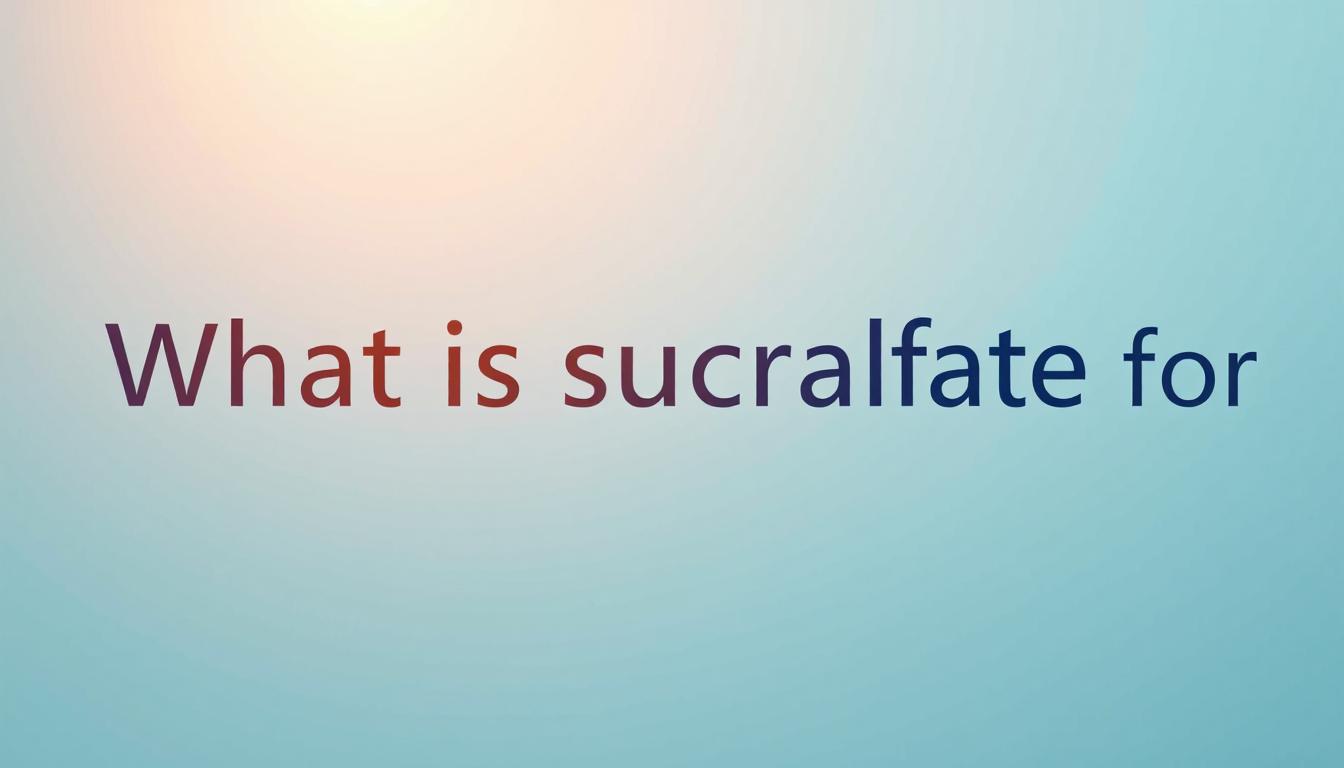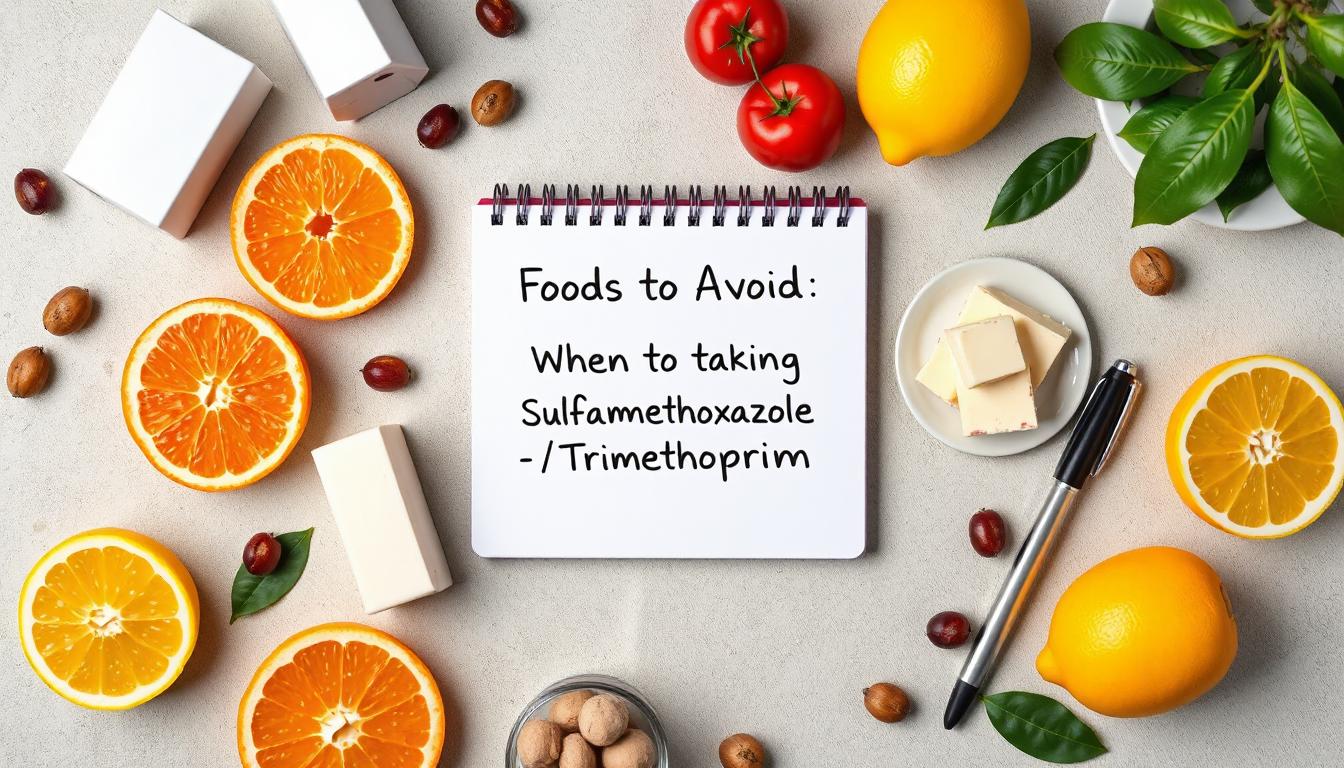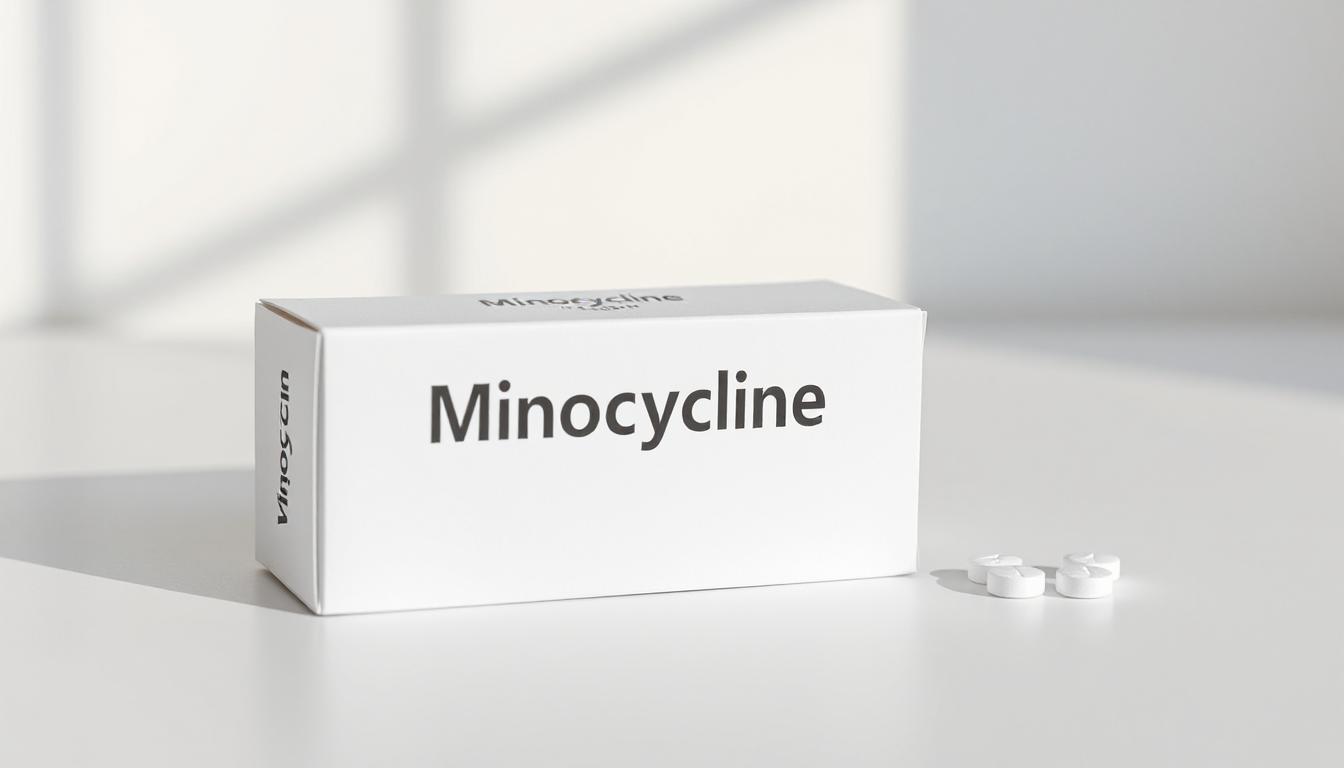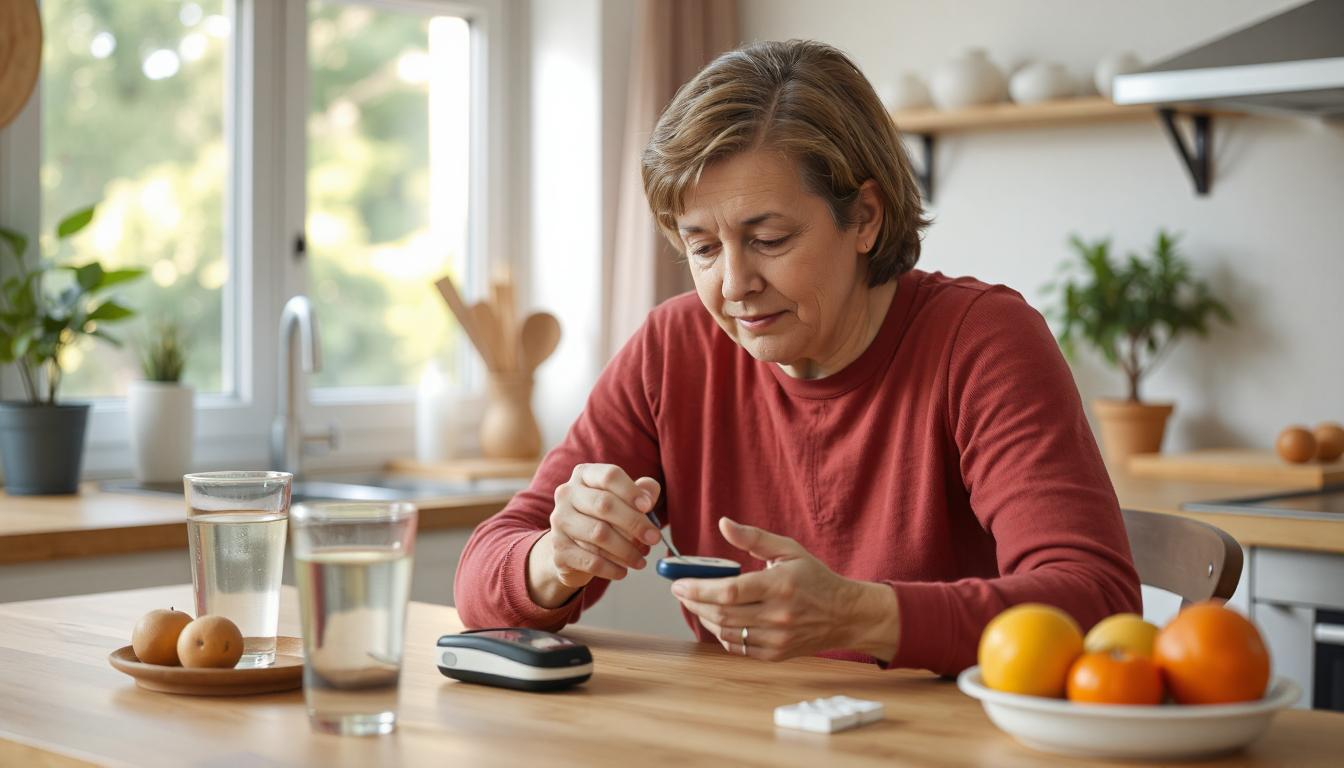Type 2 Diabetes: Causes, Symptoms & Treatment
 Reanna
|
Reanna
|
 28 Jul 2025
28 Jul 2025
What Is Type 2 Diabetes and How It Works
Type 2 diabetes is a condition where the body starts struggling to handle sugar the right way. Normally, your body uses a hormone called insulin to help move sugar from your blood into your cells for energy. But in type 2, either your body doesn’t make enough insulin, or the insulin it does make doesn’t work well anymore. That’s called insulin resistance.
When sugar stays in the blood instead of going into your cells, your blood sugar levels go up. Over time, that causes damage to your organs, nerves, and blood vessels. You may not notice right away, but it’s working quietly in the background—making you feel more tired, more thirsty, and just... off.
Sanford Pharmacy helps patients get a handle on this early—whether it’s through medication, meal planning, or just keeping you stocked with test strips and the right advice.
Early Signs and Symptoms You Shouldn’t Ignore
The thing about type 2 diabetes is that it creeps in slowly. A lot of people don’t even know they have it until something else goes wrong, like vision changes or a stubborn wound.
Common symptoms to watch for:
-
Constant thirst, like you can’t drink enough water
-
Peeing a lot, especially at night
-
Feeling worn out, even if you’re sleeping okay
-
Slow healing of cuts or infections
-
Blurry vision
-
Tingling or numbness in your hands or feet
-
Sudden weight gain or weight loss without trying
If you notice a combo of these symptoms and they don’t go away in a week or two, it’s time to get tested. A lot of people ignore them until they’re already dealing with complications.
Main Causes and Risk Factors for Type 2 Diabetes
There’s no one cause, but there are a bunch of things that raise your risk of type 2 diabetes. Some are things you can change. Others, not so much.
The biggest ones are:
-
Being overweight, especially with fat around the belly
-
Not moving much—sitting for long stretches without exercise
-
Eating a diet that’s heavy in processed foods, sugar, or fast food
-
Family history—and yeah, is type 2 diabetes genetic? Yes, it can be
-
Being over age 45
-
Having prediabetes and not knowing it
-
Certain ethnic backgrounds have higher risk too, like Hispanic, African American, South Asian, and Native communities
Even if you have these risk factors, it doesn’t mean you’re guaranteed to get diabetes. But it does mean you should be more careful and start taking action earlier.
How Type 2 Differs From Type 1 Diabetes
People get these mixed up all the time. But type 2 and type 1 are completely different.
Type 1 diabetes is an autoimmune disease. The body attacks its own pancreas and stops making insulin altogether. It usually shows up in kids and teens, and those folks need insulin for life.
Type 2 happens more gradually. The pancreas still makes insulin, but it doesn’t work right, or it slows down. That’s insulin resistance. It usually starts in adulthood, but more kids are getting it now too, mostly because of diet and inactivity.
In type 1, you need insulin from day one. In type 2, you might start with lifestyle changes and only need meds—or insulin—later. Big difference in treatment.
That’s why having a type 2 diabetes doctor who gets your individual needs is so important.
How Type 2 Diabetes Is Diagnosed
If you’ve got symptoms or risk factors, the doctor will run a few tests to check your blood sugar.
-
Fasting glucose test – Measures your blood sugar after not eating overnight
-
A1C test – Shows your average blood sugar over the past 2–3 months
-
Oral glucose tolerance test – You drink a sugar solution and your levels are tested a few times afterward
If your A1C is 6.5% or higher, or your fasting blood sugar is 126 mg/dL or more, you likely have type 2 diabetes.
Sanford Pharmacy works with patients right after diagnosis—getting them started on meds, supplies, and helping explain what’s next in real terms.
Managing Blood Sugar With Lifestyle Changes
One of the best ways to get control of type 2 diabetes is with lifestyle changes. It’s not easy at first, but it works.
Here’s what helps:
-
Eating better—focus on whole foods, fiber, lean protein, and fewer refined carbs
-
Moving your body—walk, stretch, swim, dance, whatever gets you moving
-
Losing a bit of weight—even 5–10 pounds can make a big difference
-
Reducing stress, since it messes with hormones and blood sugar
-
Sleeping well—poor sleep raises your blood sugar over time
And yes, reversing type 2 diabetes is possible for many people, especially early on. It's not a guarantee, but if you catch it while you’re still in the prediabetes stage, you can turn things around without meds.
Sanford Pharmacy can help with that too—meal plans, supplements, reminders, and coaching if needed.
Medications Used to Treat Type 2 Diabetes
Sometimes lifestyle changes aren’t enough, or blood sugar is just too high already. That’s when meds come in.
The most common one is metformin. It’s usually the first drug doctors try, and it works well for most people.
But some ask, is there a better drug for type 2 diabetes than metformin? And the answer is: sometimes, yeah. Other options include:
-
GLP-1 receptor agonists – These help lower blood sugar and promote weight loss
-
SGLT2 inhibitors – Help your kidneys flush out extra sugar
-
DPP-4 inhibitors – Lower sugar levels by boosting insulin production
-
Insulin, used when other treatments stop working or for more advanced cases
-
There’s always a new pill for type 2 diabetes on the horizon—so options are growing
Sanford Pharmacy helps patients manage side effects, refills, and talks with your provider if meds need to be switched or adjusted.
Long-Term Complications and Why Control Matters
If blood sugar stays high for too long, it starts hurting your body in ways you don’t see right away.
Complications can include:
-
Nerve damage (numbness or pain in hands and feet)
-
Kidney failure
-
Eye damage, even blindness
-
Heart problems like heart attacks and stroke
-
Foot ulcers, sometimes leading to amputation
That’s why it matters to stay on top of your numbers. Even a small improvement in A1C can lower your risk big-time. It’s about progress, not perfection.
Sanford Pharmacy supports long-term care with medication delivery, easy refill reminders, and support for eye and foot health products.
Daily Life With Type 2 Diabetes
Living with type 2 diabetes doesn’t mean your life is over. It just means you need to be more mindful.
You’ll want to:
-
Plan meals a little smarter
-
Keep healthy snacks on hand
-
Stay active
-
Know how to manage stress
-
Test your blood sugar (even if not daily)
-
Keep up with appointments
Some people use apps to track food and blood sugar. Others stick to pen and paper. Whatever works for you—do that.
Sanford Pharmacy keeps patients stocked with what they need, from test kits to low-carb snacks to pill organizers that make the routine easier.
Preventing or Reversing Type 2 Diabetes Early On
If you’ve got prediabetes, there’s still time. You can stop it from turning into full type 2 diabetes—but only if you act early.
Cutting out sugary drinks, walking daily, and dropping a bit of weight can go a long way. Some people even fully reverse their condition through steady changes. It’s not a “cure,” but it’s close.
If you already have diabetes, type 2 diabetes reversal is still possible in some cases—especially in the first few years after diagnosis.
Sanford Pharmacy helps people at every stage—whether you’re preventing, managing, or working toward reversal. You’re not doing this alone.
And just so you know—is type 2 diabetes considered a disability? It depends. If it affects your daily life or ability to work, yes, it can be. But many people manage it well enough that it doesn’t slow them down.
With support, tools, and solid care—Sanford Pharmacy makes sure you're not just surviving with type 2 diabetes, but actually living better with it.
Categories

What Is Sucralfate Used For?
 Abdullah
Abdullah

Foods to Avoid When Taking Sulfamethoxazole / Trimethoprim
 Ibrahim
Ibrahim

What Is Rifaximin Used For?
 Aden
Aden

What is Minocycline?
 Tina
Tina

How Long Does Levofloxacin Stay in Your System
 Annette
Annette












.webp)
.webp)
-(2).webp)

.webp)